











Today we will tell and show how we create sounds for our future game Reflection another war (RAW) by the example of the movement of caterpillar steampunk tank.
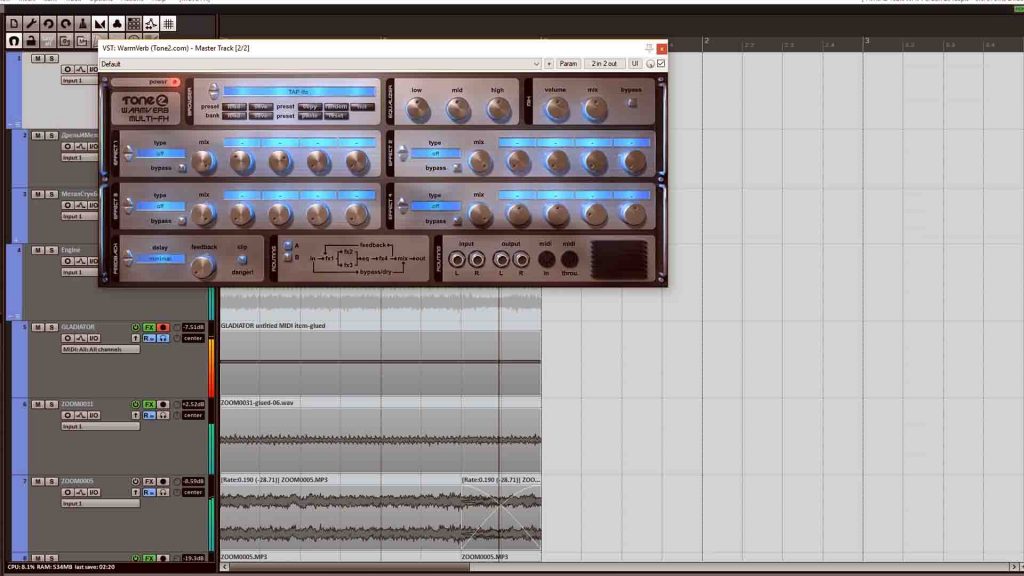
The scheme for creating a realistic sound of steampunk tank caterpillars is extremely simple, the main thing is to have a clear representation of the final result and to have a visualized reference of the tank itself, this will help you to more broadly imagine how the sound will interact with the object itself. Well, if you have video or 3d animation, then the creative process will become much more voluminous and will expand the possibilities in integrating the sound.
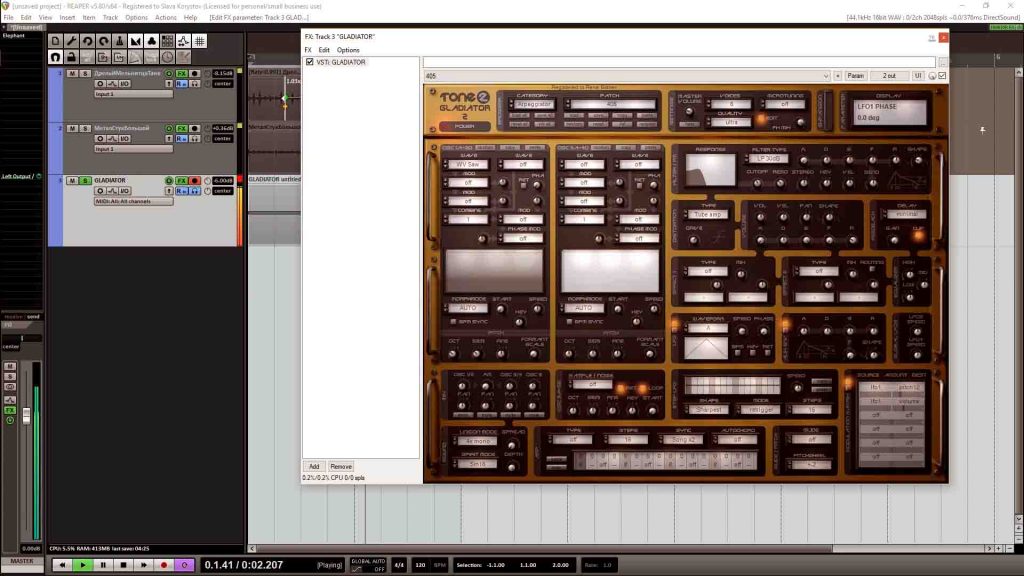
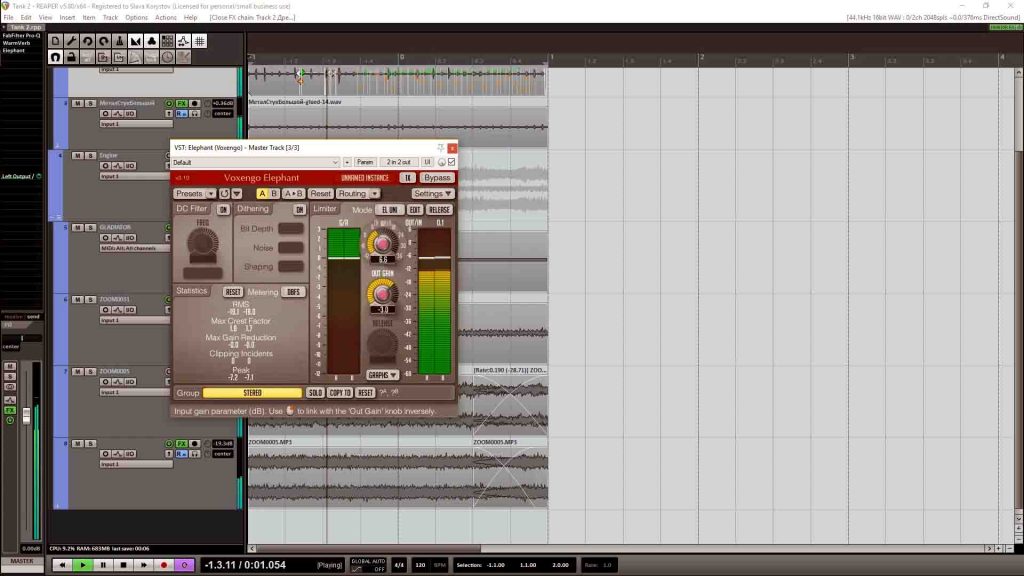
So, our task is to create a sound effect that will be similar to the sound of a caterpillar tank. And you need to create it in such a way that the steampunk stylist is saved.


I would like to express my gratitude to our friend and professional musician Vyacheslav Korystov for his participation and assistance in our not easy, but beloved business!
The process of creating a sound
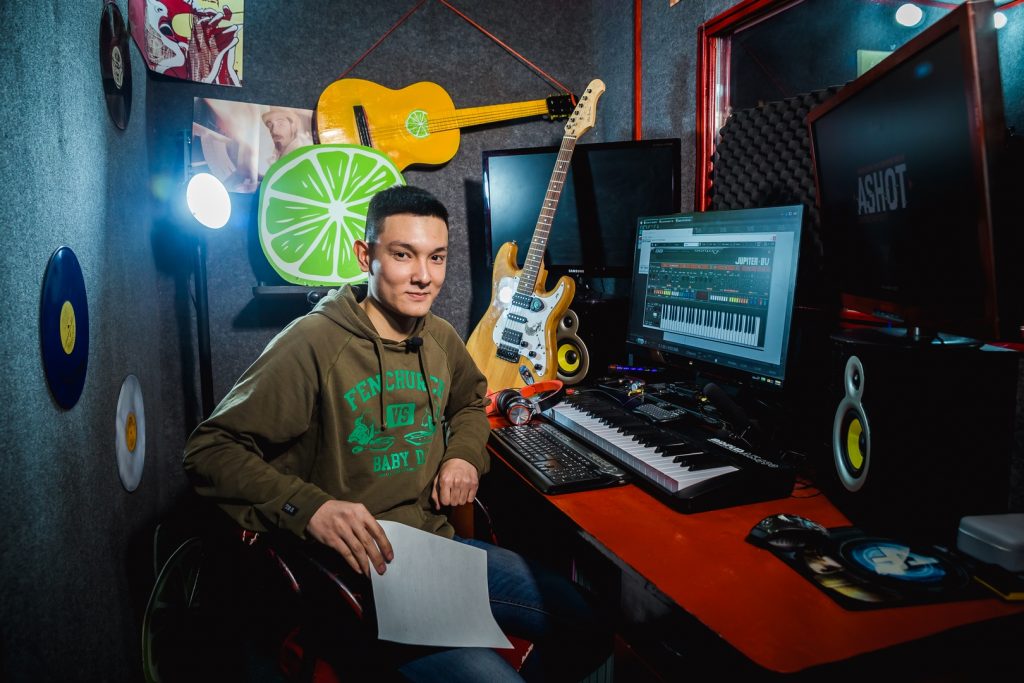
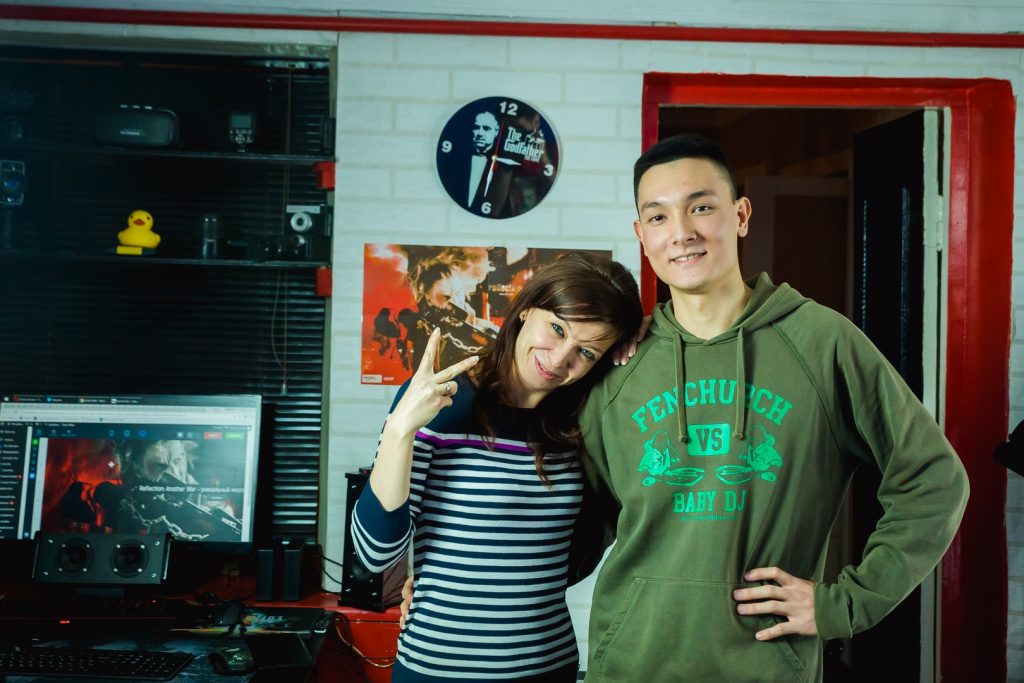

Share!